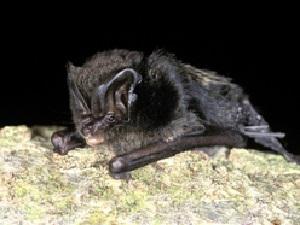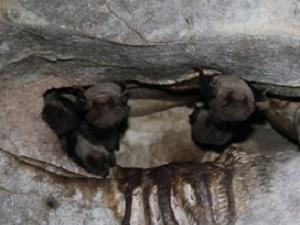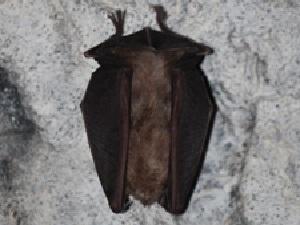Jelena Burazerović
Other projects
The project aims to develop and introduce good practice for inventory and monitoring of bats in protected areas in Serbia.

Barbastelle. © Nada Cosic.
In general, no systematic inventory and monitoring practices are taking place in most of the protected areas in Serbia in planned manner and in accordance to European good practice guidelines. As a consequence, information about bat fauna are missing or are incomplete. On the other hand, Serbian legislation recognizes all bat species as strictly protected and obliges protected area managers to provide adequate conservation measures. But due to lack of adequate data about bats, conservation measures are most often inadequately designed and implemented, despite legal and practical needs. On the other side, Serbia is on its way to access the EU and become a member state, and is rapidly harmonizing its legislation and improving enforcement. The most important conservation tool in Europe today is protected areas network Natura 2000 - the goal which Serbia is also aiming to achieve. In accordance to this, the existence of sizable populations of bat species included in Annex II of the Habitats Directive is one of the criteria for designating SAC sites on the Natura 2000 Network.

Bent-wing bat. © Jelena Burazerovic.
Project will build upon existing efforts of inventory of roosts and important habitats for bats in Ovčar-Kablar Gorge and provide specific recommendations for protection and conservation of important bat roosts and habitats, as identified by research and in accordance to latest scientific knowledge and European good practices. The Ovčar-Kablar Gorge is acknowledged as Landscape of Outstanding Features, and is an area made of scarcely populated protected natural habitats mostly composed of forests and water areas around karst gorge of Western Morava river in central Serbia. It provides valuable sources of roosts and habitats for potentially a number of bat species. Together with research activities - using simultaneously multiple survey techniques in order to provide the greatest insight into bat species distribution, abundance and activity, the project will develop relevant educational and information material, which will be disseminated to all relevant stakeholders, expert and general public. Working together with protected area managers, the project will provide efficient and long-lasting conservation of bats and other wildlife in targeted areas.

Greater horseshoe bat. © Jelena Burazerovic.